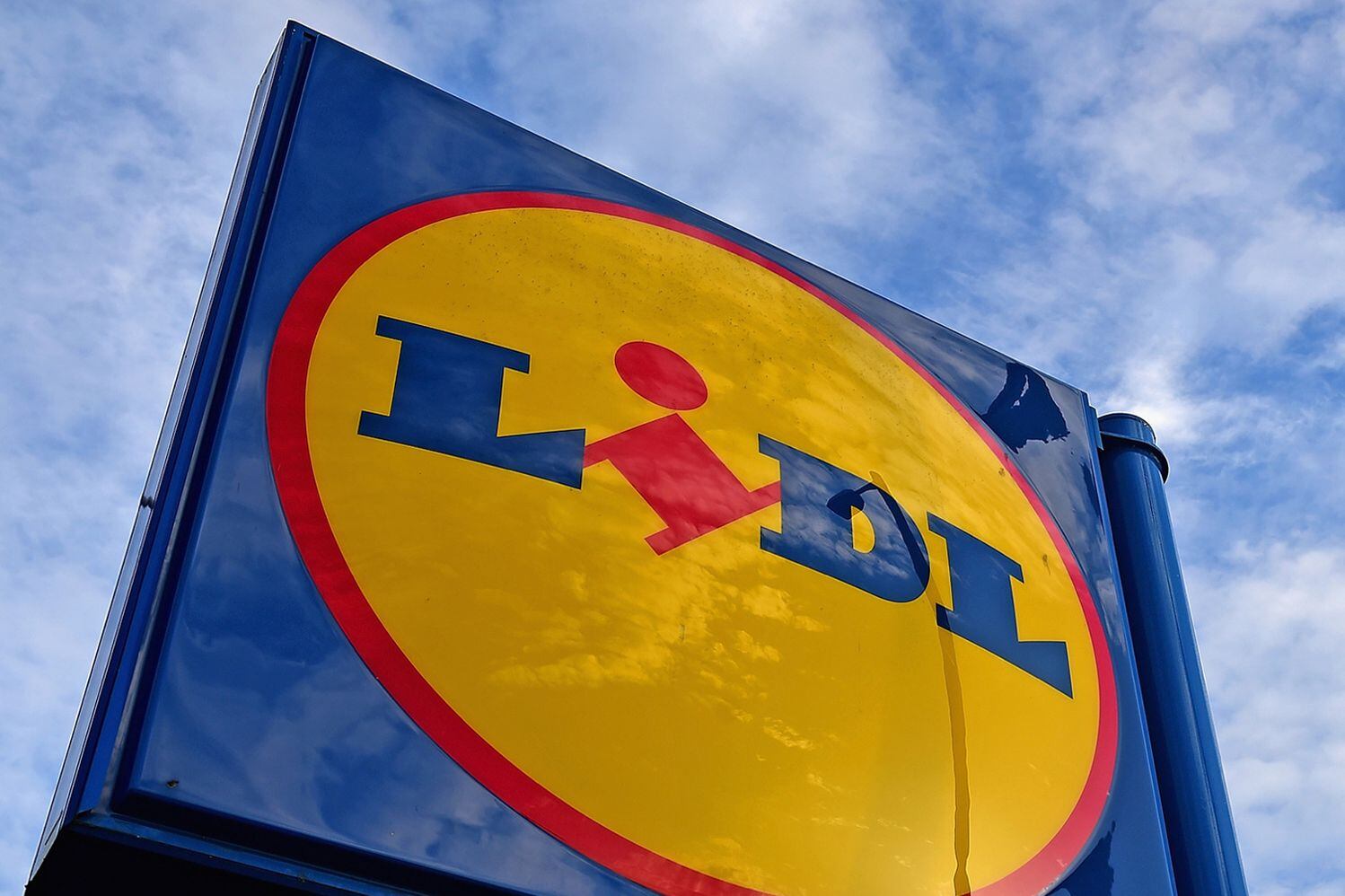In June last year, German discount major Lidl debuted in the US with big plans to open 100+ stores by mid-2018. One year on, the retailer has only opened around half that number across six states and scaled back plans after a difficult few months. It is also facing a lawsuit with property developers alleging breach of contract and fraud. Despite all this, Schwartz-Group's Lidl recently announced it would expand its core offering from 1,800 SKUs to 2,500 and open smaller store formats in its next phase of US expansion.
As it works to achieve all this in the shadow of German rival ALDI (Aldi Süd) – that last week announced a nationwide rollout of a home delivery service with Instacart and is in the midst of spending $3.4bn on store count expansion – what will it take for Lidl to strengthen its presence in the US?
“I think over time, just like Lidl has done in many of its European markets, it will adapt, refine its assortment and find a way to make its propositioning work for the US consumer. But it will take time,” David Gordon, research director at PlanetRetail RNG, told FoodNavigator-USA.
“They can look at the experience of ALDI in the US and take heart from the growth and journey that ALDI has been on. ALDI is now pushing 2,000 stores in the US, they've got a worldwide proposition and they're adapting and evolving as they go. And I think the fact that ALDI can make a success of the US market suggests there's every possibility that Lidl can also make a success of the US market. Despite its early travails, I'm optimistic.”
Riding the 'important' e-commerce wave
By 2022, 25% of chain retail sales will be online through omni-channel, Amazon and/or third-party sellers, according to PlanetRetail RNG. And with global growth of discount retail predicted at 5.3% CAGR over the next five years, Gordon said it was an important step ALDI and Lidl had taken with home-delivery third-party partnerships – ALDI through a nationwide rollout with Instacart and Lidl via a trial in South Carolina with Shipt.
“Clearly we're in a changing landscape here. E-commerce and online shopping are clearly becoming a greater part of the repertoire and for discounters that is potentially a challenge because the discount model is around maintaining simplicity and keeping costs out of the model. So, the prospect of online shopping and home fulfillment is slightly at odds with that low-cost model.”
However, tapping into e-commerce remained important and doing so through third-party intermediaries was simpler and likely kept costs down.
“Discounters – yes, they trade on price and value for sure; that is their unique selling proposition, but to ignore all other aspects on how the shopper is changing? That would be dangerous.”
Flexing beyond the 'edge of town'?
In addition to moving online, Gordon said it would also be important ALDI and Lidl were flexible in brick and mortar store expansions to align with important demographic shifts like aging societies, urbanization and smaller households that supported smaller, more convenient store types.
This was something both discounters would likely start to consider in saturated markets like the UK, France and Poland, he said.
“I think ALDI and Lidl will become more creative in where they locate stores and they might just have to flex their concept a bit – making it a bit more shopper-focused and convenience-orientated as they seek to go into smaller, busier locations not necessarily the edge-of-town larger spaces they tend to inhabit.”
Gordon said this could also become important for the chains in the US, particularly as ALDI and Lidl looked to expand into cities and towns or looked for higher footfall occasions.
“The discount model is always designed around doing things in the simplest, low-cost way. So, to take a basic concept and be able to roll it out again and again without any adaptation [like edge-of-town store designs] absolutely works in terms of the economic model. Discount will always continue to try and do that but in order to keep growing aggressively, as they can in some markets, then that model might have to flex a little bit to bring it into some locations that might not be as easy.”
Will Harwood, director of communications at Lidl US, confirmed the company would continue its east coast expansion and told us focus would remain on delivering "top quality" and "fresh produce" whilst saving shoppers money and time.

